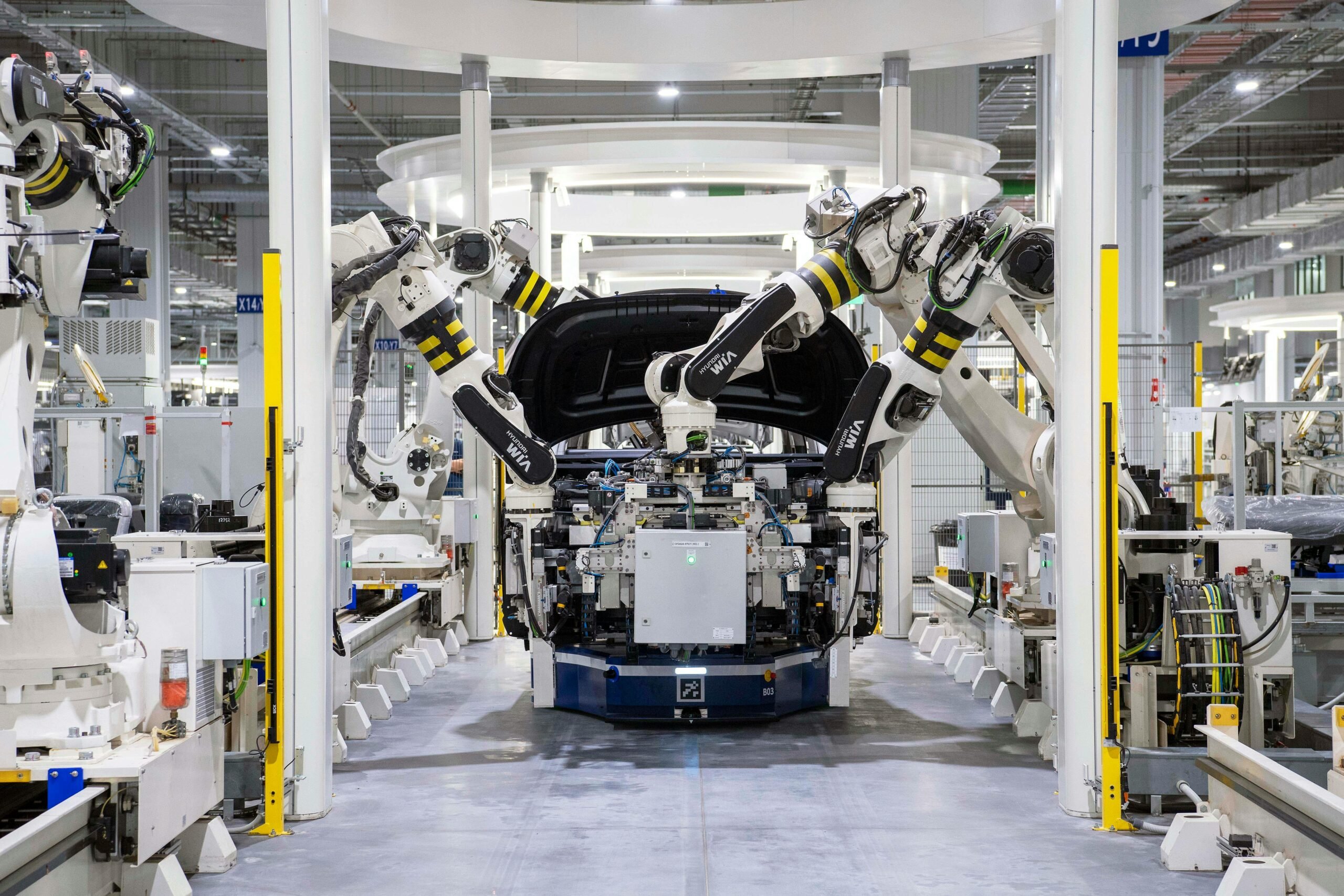Wind energy is fundamental for substantially decarbonizing the U.S. electric sector. Wind provides clean, sustainable electricity without toxic pollution or global warming emissions. Moreover, it creates jobs, boosts local economies, and saves water consumption compared to traditional energy sources.
According to the U.S. Department of Energy, wind energy could avoid the emission of 12.3 gigatons of greenhouse gases by 2050 and save 260 billion gallons of water that the electric power sector would otherwise use.
In the race for sustainability, wind turbines have gotten larger every year: taller towers, larger rotors, and higher-rated capacity. By 2025, turbines will have increased in size by an average of 60% from those installed between 2011 and 2020. This increase in size is primarily driven by project economics. Larger turbines tend to generate energy at a lower cost per kilowatt-hour. However, this increase in the size of utility-scale wind turbines makes inspections and maintenance interventions at extreme heights, often in strong winds and vibrating structures, inherently dangerous. According to the American Bureau of Safety and Environmental Enforcement, there were 249 accidents resulting in 161 fatalities associated with manual turbine inspections in the last decade.
To address these complex challenges, the industry must undergo a digital transformation toward artificial intelligence to create safer, automated solutions, modeling complex relationships, predicting outcomes, and quickly creating strategic asset optimization strategies.




